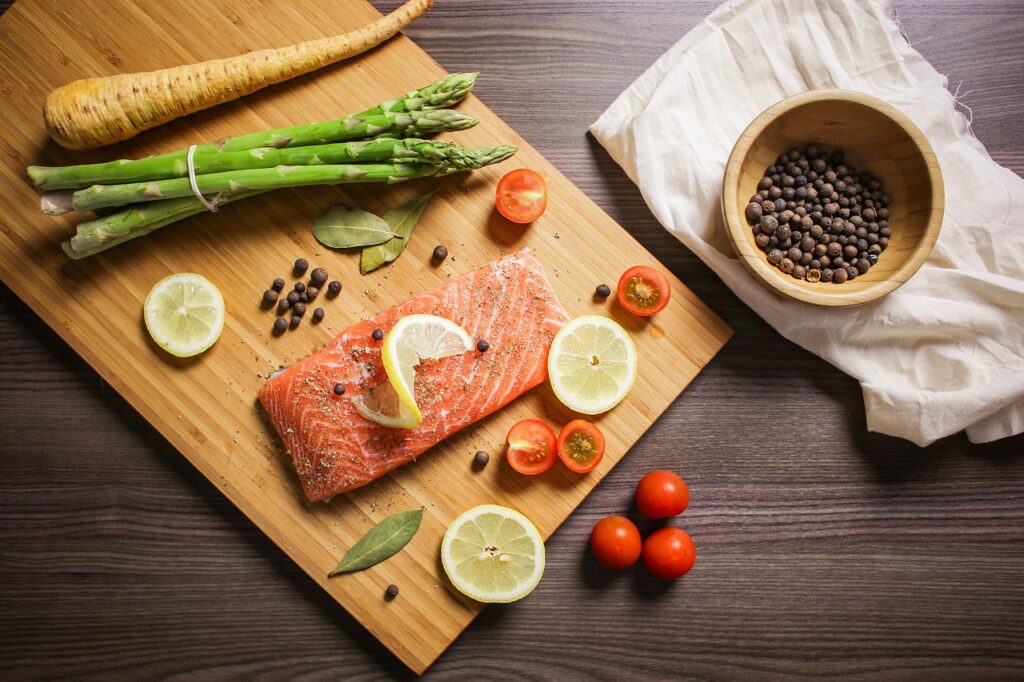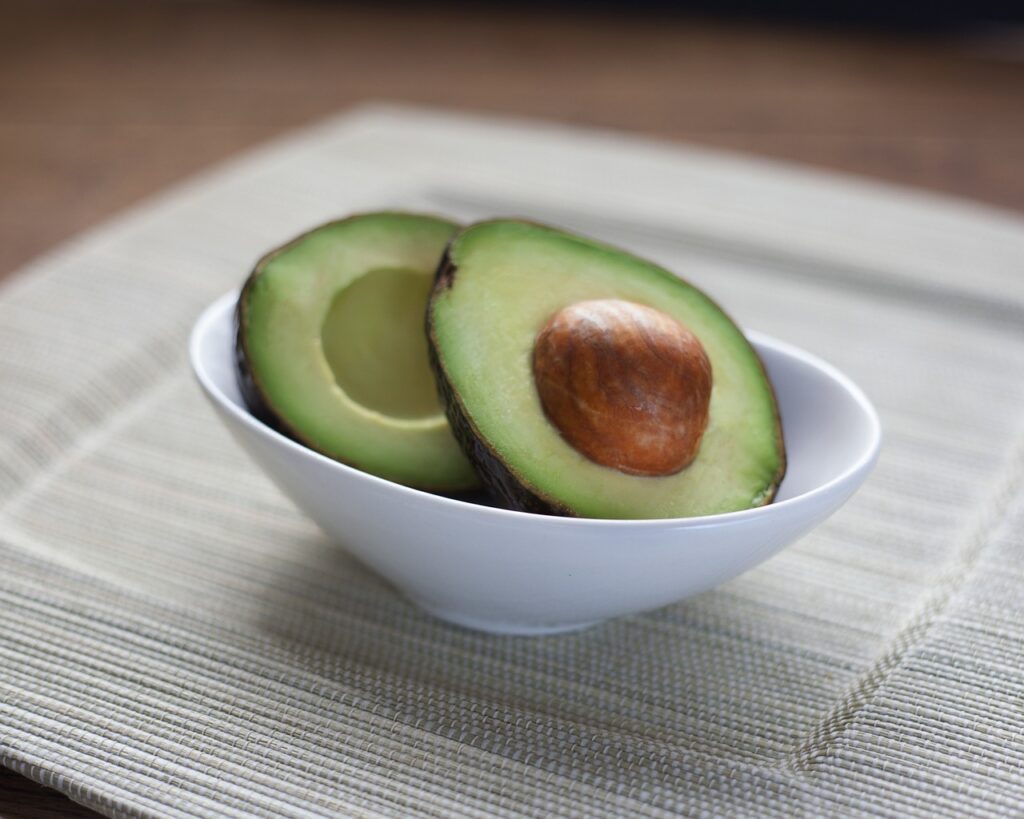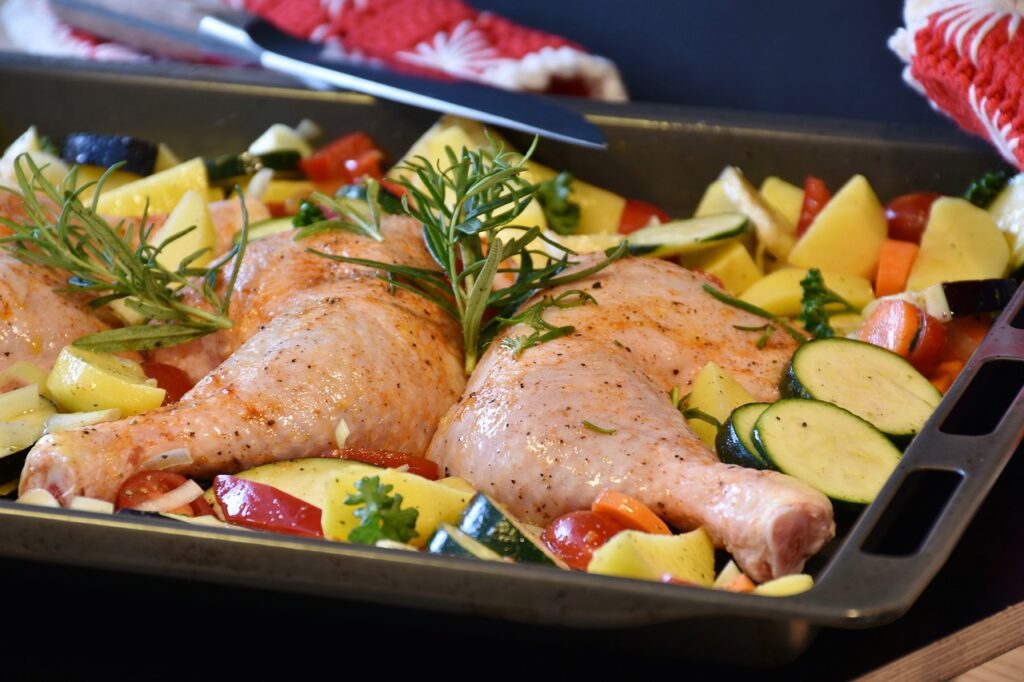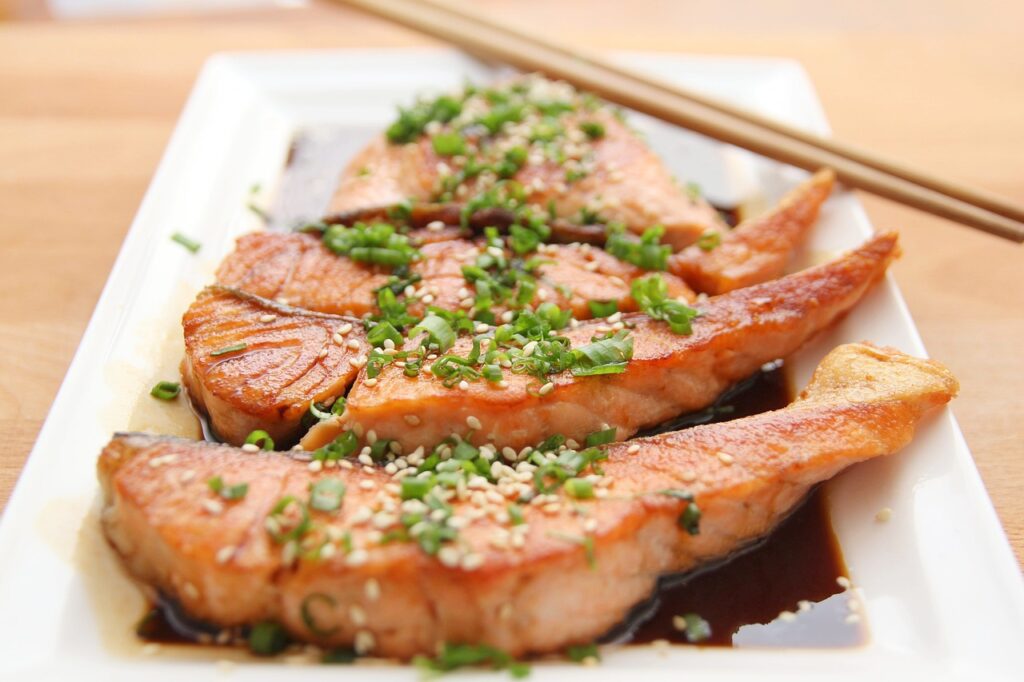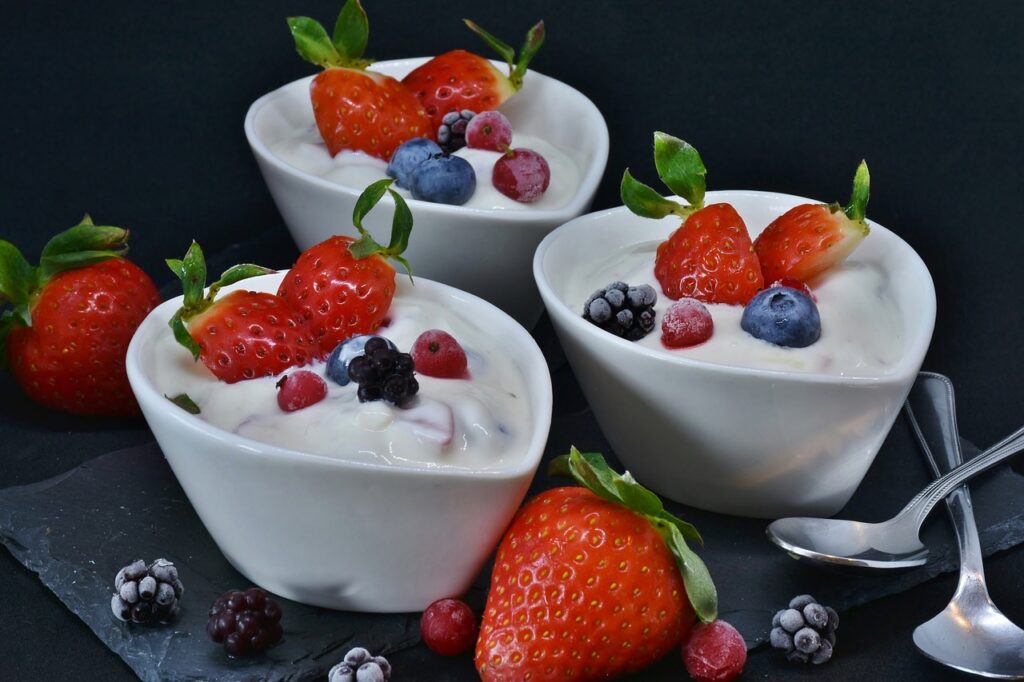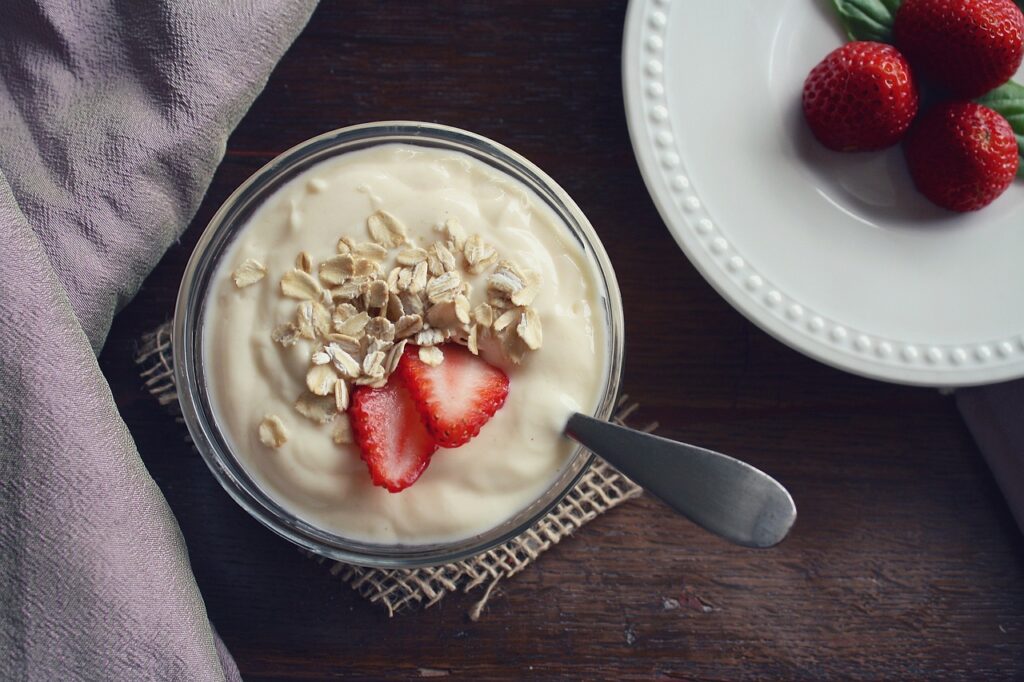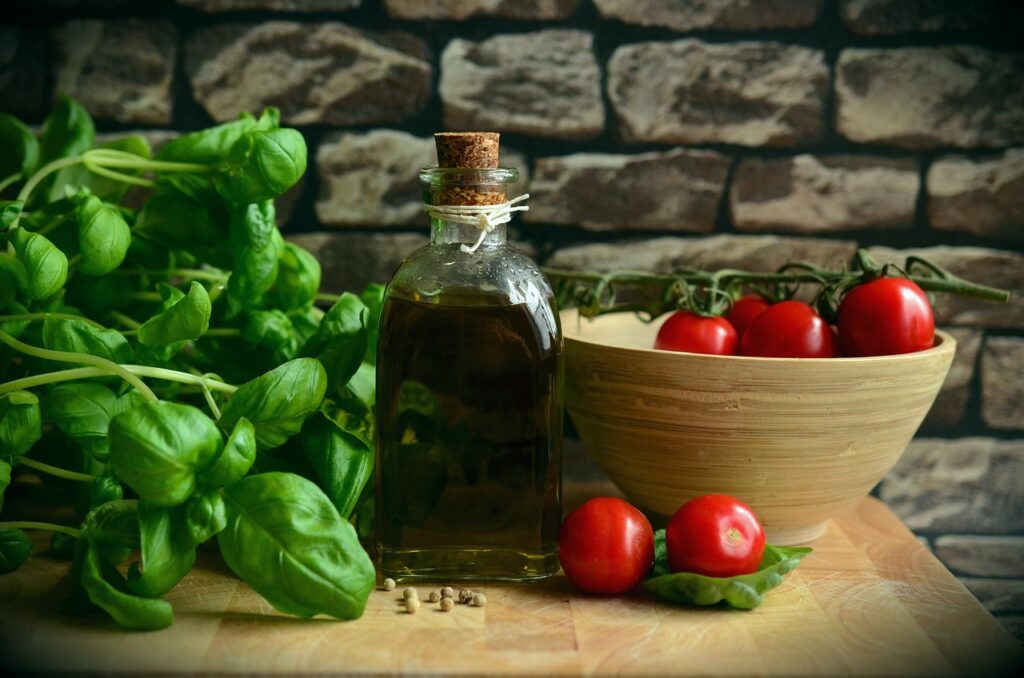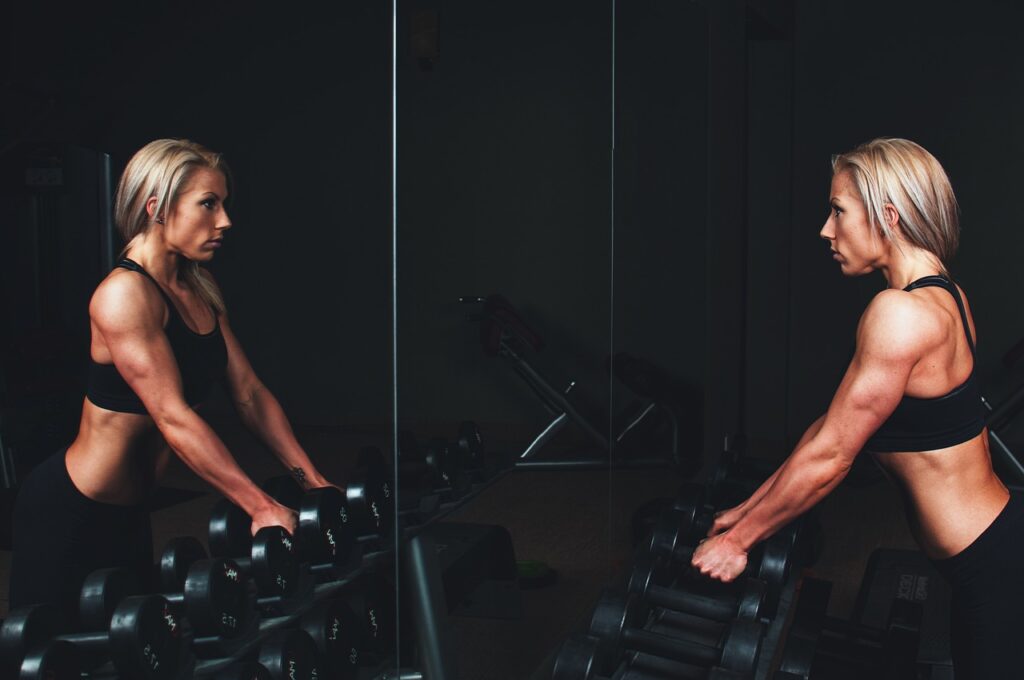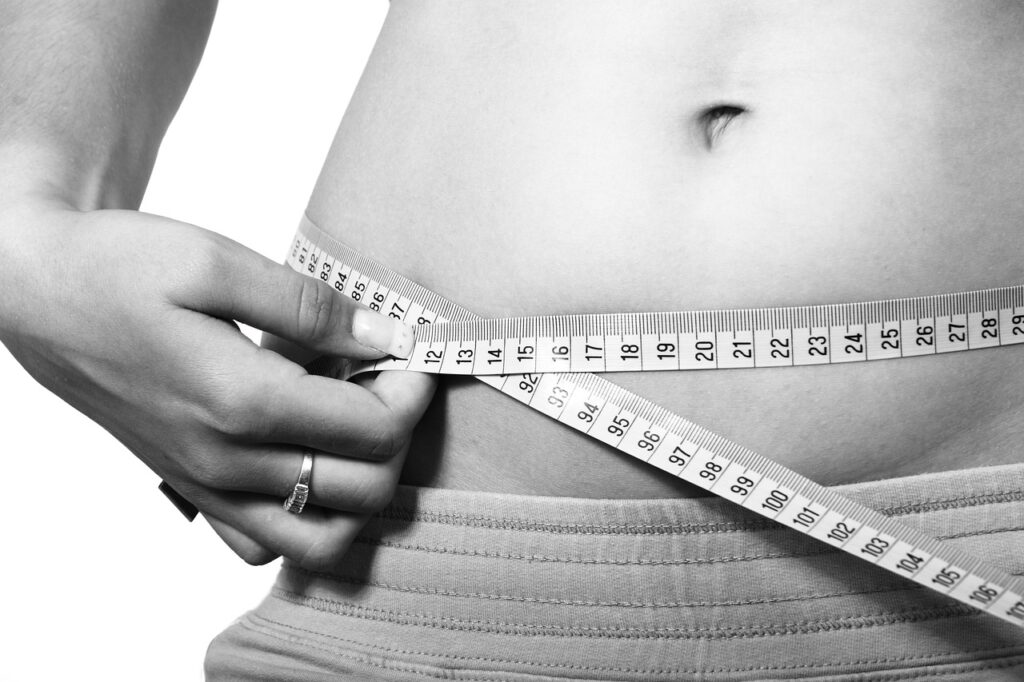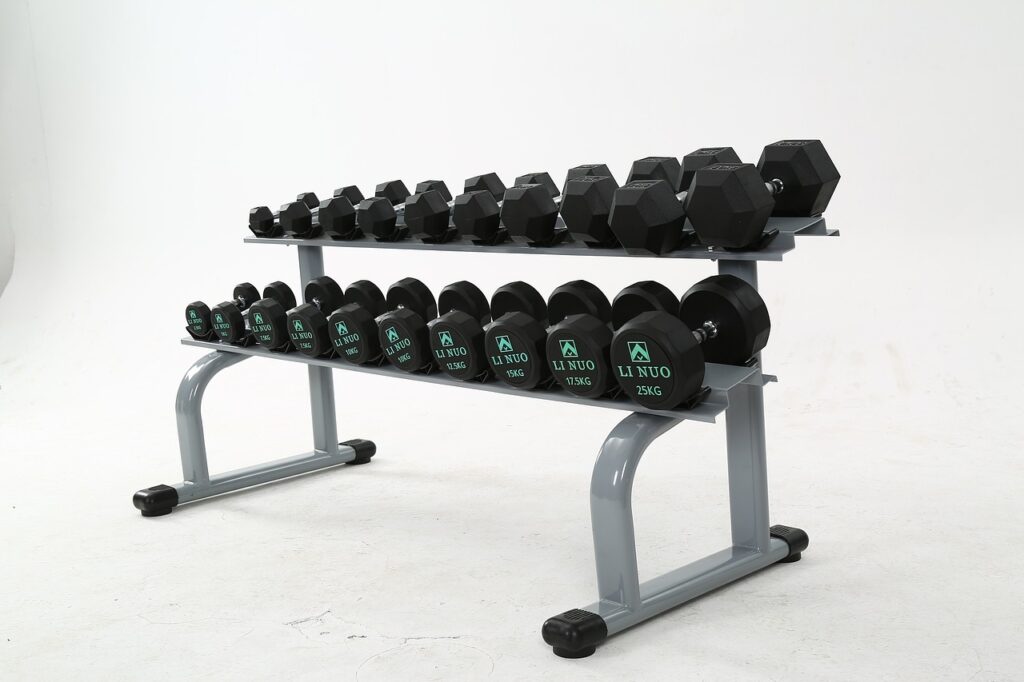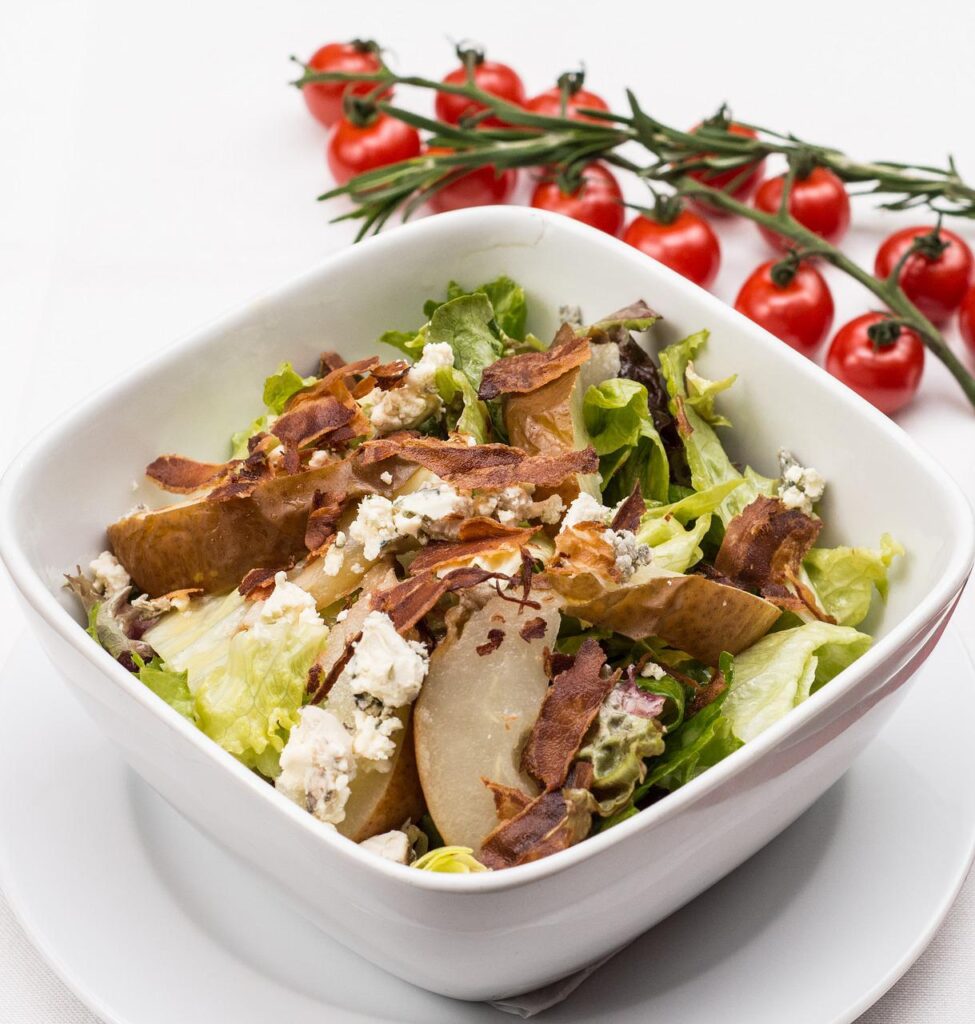The Power of Nutrition Facts for Optimal Health and Wellness
Nutrition Facts for Optimal Health
Good nutrition is the basis for a healthy life. Understanding the basics of nutrition can help you make informed food choices, support your overall health, and reduce your risk of chronic disease.
There are six essential nutrients that our bodies need to function properly: carbohydrates, proteins, fats, vitamins, minerals, and water.
Each of these nutrients has a specific role to play in our bodies and it is important to ensure we are consuming a balanced mix of these nutrients to maintain optimal health.
This article examines the top 10 nutritional facts everyone should know. From the importance of a balanced diet to the dangers of overeating sugar and salt, these tips will give you the information you need to make healthier food choices.

1. The Importance of a Balanced Diet
A balanced diet is an essential part of a healthy lifestyle. This involves consuming a variety of foods from different food groups in reasonable amounts to meet the body’s nutritional needs. A balanced diet is critical to optimal health and plays an important role in maintaining overall well-being, preventing chronic disease, and promoting longevity.
Several food groups must be included in a balanced diet to ensure the body is getting all the nutrients it needs. These food groups include carbohydrates, proteins, fats, fiber, vitamins, and minerals.
Carbohydrates provide the body with energy and are found in foods such as bread, rice, pasta, fruit, and vegetables.
Fats are important for maintaining healthy skin, hair, and cell membranes, and are found in foods like nuts, oils, and avocados.
Fiber is essential for maintaining healthy digestion and is found in foods such as whole grains, fruits, and vegetables.
Vitamins and minerals play an important role in bodily functions such as immune function and are found in foods such as green leafy vegetables, citrus fruits, and dairy products.
When putting together a balanced diet, it’s important to pay attention to portion sizes, total calorie intake, and the amount of each food group consumed.
This information can be found on nutritional information labels and can be used to ensure that the diet is balanced and nutritious. Additionally, it may be helpful to consult a -registered dietitian or nutritionist to develop a balanced eating plan that meets individual needs.
2. Fruits and Vegetables
Vegetables and fruits are essential parts of a balanced diet and play a crucial role in maintaining overall health and well-being.
Fruits and vegetables are excellent sources of vitamins and minerals such as vitamin C, potassium, and folic acid. Vitamin C supports a strong immune system, while potassium is important for maintaining healthy blood pressure and proper heart function. Folate is essential for cell growth and DNA synthesis and also plays a role in preventing birth defects.
Fruits and vegetables are also excellent sources of fiber, which is important for maintaining healthy digestion. Fiber helps regulate the digestive process and prevent constipation, and it also helps regulate blood sugar levels and reduces the risk of type 2 diabetes.
Including a variety of fruits and vegetables in your diet can also help reduce the risk of chronic diseases such as heart disease, stroke, and some types of cancer. This is partly due to the high levels of antioxidants and other phytochemicals in these foods, which help protect the body from free radical damage.
3. Whole Grains
Whole grain products are rich in fiber, vitamins, minerals, and other important nutrients such as B vitamins, iron, and magnesium. The fiber helps regulate the digestive process, prevent constipation, and regulate blood sugar levels, while the B vitamins help convert food into energy and maintain a healthy nervous system. Iron is important for carrying oxygen in the blood, and magnesium helps regulate heart rate, blood pressure, and muscle and nerve function. Including whole grains in the diet may also help reduce the risk of chronic diseases like heart disease, stroke, and type 2 diabetes. This is partly due to the high fiber, vitamin, and mineral content.
4. Lean Proteins
Lean protein is an essential part of a healthy diet, providing the body with the building blocks it needs to repair and rebuild tissue. Proteins are made up of amino acids, which are the building blocks of muscles, skin, hair, and other tissues. They also play important roles in immune function, hormone production, and enzyme synthesis.
Lean proteins are those that are lower in saturated fat and calories and include options like skinless chicken, turkey, fish, and lean beef, and plant-based proteins like beans, lentils, and tofu.
These proteins are an excellent source of essential amino acids and are especially important for athletes as they help repair and rebuild muscle tissue after intense physical activity.
When choosing lean proteins, it’s important to choose options that are minimally processed and unrefined. This helps ensure the body gets the maximum nutritional benefits from the protein without consuming sugar, preservatives, or other unhealthy additives.
5. Healthy Fats
Healthy fats, also known as unsaturated fats, are an essential part of a healthy, balanced diet.
Unlike saturated fats and trans fats, which can increase your risk of heart disease, healthy fats have been shown to have a beneficial effect on the heart. health, reducing the risk of heart disease, stroke, and other health problems.
Healthy fats are found in a variety of foods, including nuts, seeds, avocados, olive oil, oily fish, and vegetable oils like canola, soybean, and peanut oils. A type of healthy fat, omega-3 has been shown to have numerous health benefits, including reducing inflammation, improving heart health, and boosting brain function.
6. The Dangers of Too Much Sugar
Excess sugar consumption can have serious health consequences. Excessive sugar consumption can contribute to weight gain, increase the risk of type 2 diabetes, and increase your risk of heart disease.
To limit your sugar intake, avoid sugary drinks like soda and choose foods that are naturally sweet like fruit.
7. The Dangers of Too Much Salt
Just like sugar, too much salt can have serious health consequences. Excessive salt consumption can increase blood pressure, which in turn increases the risk of heart disease and stroke.
To limit your salt intake, avoid processed foods, which are often high in salt, and choose fresh, whole foods instead.
8. How Important it is to Drink Lots of Water
Drinking plenty of water is essential for good health. Water helps regulate body temperature, transport nutrients, and remove waste. Aim to drink at least 8 glasses of water a day to ensure you stay adequately hydrated.
9. Eating moderate portions is important to maintain a healthy weight.
Moderate portions is a crucial aspect of a healthy diet. Large portions can lead to weight gain, and if a person consistently consumes more calories than they burn, it can increase their risk of developing chronic diseases.
Portion control can be a challenge in our fast-paced, food-filled society. However, some strategies can help. One is to use smaller plates, bowls, and cups, which can make a portion appear larger. Another option is to eat slowly, which gives our brain time to register when we’re full and to eat more nutrient-dense foods.
10. Listen to Your Body and Eat Mindfully
Pay attention to your hunger and satiety signals and try to eat slowly and enjoy your food.
Eating this way can help you make healthier food choices and can also reduce the risk of overeating.
These 10 essential nutritional facts form the basis of a healthy diet.
*Essential nutrients (Read More About Nutrition)
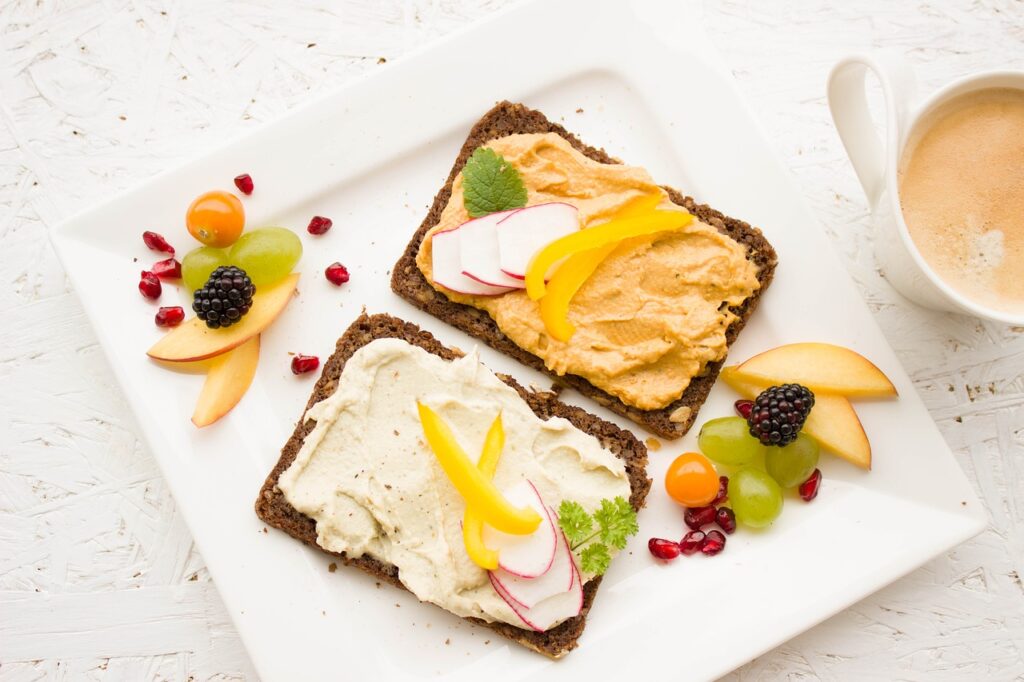
What is the most important thing about Nutrition Facts?
Nutritional information refers to the information on food labels that tells the number of calories, macronutrients, vitamins, minerals, and other nutrients found in a food product. While all of these components are important in a balanced diet, some may be more important than others depending on individual health and nutritional needs.
The number one nutritional value to keep track of is calorie counting. Caloric intake plays a crucial role in weight control and obesity prevention. Although everyone’s daily calorie needs are different, it’s important to aim for a balanced diet that provides enough energy to fuel the body without overloading it with excess calories.
Proteins, carbohydrates, and fats are important suppliers of energy and must be included in a balanced diet.
However, the ratio of each macronutrient required may vary depending on individual goals, such as muscle building or weight maintenance. Vitamins and minerals are also essential to overall health and well-being, and each plays a specific role in maintaining optimal health.
How do I find my nutritional facts?
Nutritional information can be found on the food labels of most packaged foods. The law requires the label to include information about calories, macronutrients, vitamins, and minerals.
The label may also contain additional information about other nutrients and ingredients. When shopping for groceries, it’s important to look beyond the calorie count and examine the label to understand a food’s full nutritional value. Reading the label can help you identify foods high in calories, fat, or sugar and choose healthier alternatives. For those looking for more specific information about their dietary needs, a registered dietitian can provide personal advice and help.
What do nutritional values mean?
Nutritional information provides important information about the nutritional content of a food.
The information is presented in a standardized format, making it easy to compare the nutritional value of different foods. products. By understanding the importance of nutritional information, people can make informed choices about their diet and ensure they are getting the right balance of nutrients to support their health and well-being.
*Find the Nutritional Value of a Product
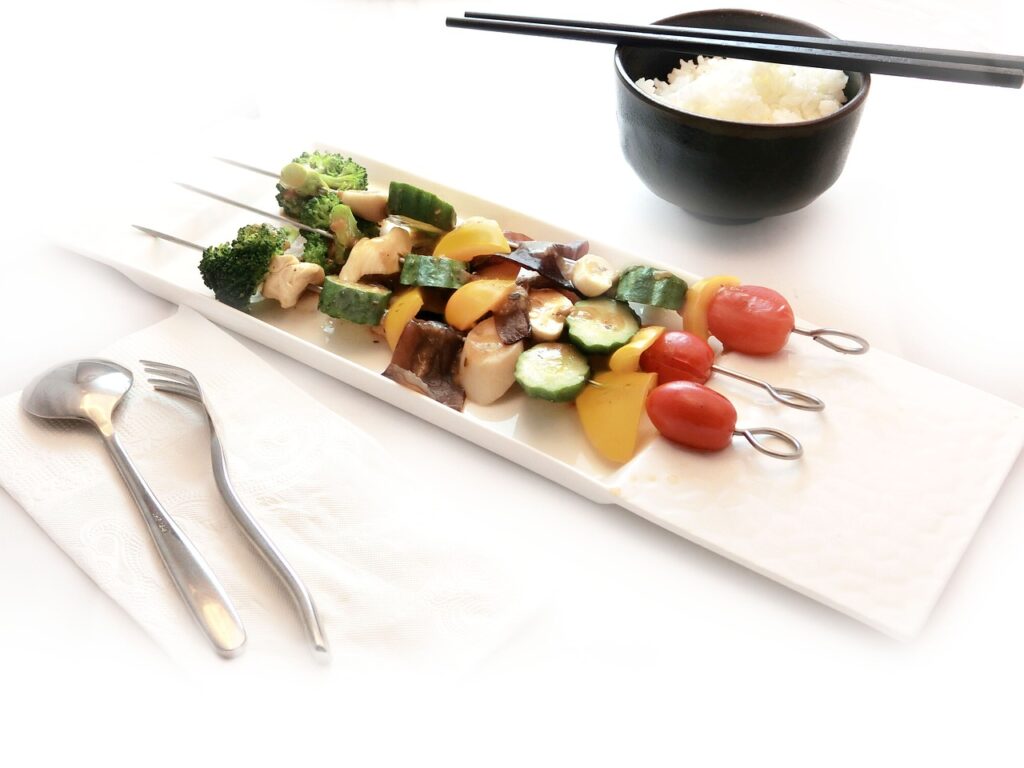
By providing our bodies with the right nutrients, we can ensure that our bodies remain healthy and able to handle any challenges that come our way. Poor nutrition can lead to a range of health problems, including weakness, fatigue, and an increased risk of chronic diseases like heart disease and diabetes.
Understanding the nutritional value of food To make informed choices about our diet, it is important to understand the nutritional value of the foods we eat.
Regular exercise and a balanced diet go hand in hand. So make sure to include physical activity in your daily routine to keep your body healthy and strong.
In short, the importance of nutritional information is to provide consumers with the information they need to make informed choices about their diet and to support their health and wellness.
Thanks for reading about nutrition facts for optimal health.

Get Free Notion Templates, Recipies, and Ebook! If you love what we do, fuel our work with a coffee!
Note: This article includes affiliate links. Your support is valued and comes at no additional expense to you.
Crypto Donation – 94TQXX1ENtkXgVmNwQNPzW2HKXXPYhHdzPRPkvtkMVgf


